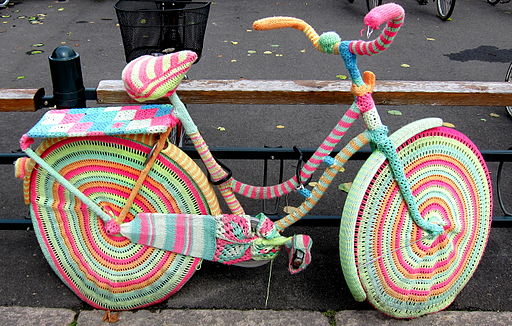
From the MLA Legislative Committee:
Please immediately contact your Senator about including SF 1033 in the Senate Omnibus Education Finance bill. Time is of the essence! Regional public library systems & the multitype systems need your support for their requested funding increases. Hearing from constituents is important for this issue.
Don’t know what to say? Here are some talking points–feel free to customize/tailor as you wish:
- No new dollars have been invested in MN library systems since FY2009. An increase in funding for Minnesota’s library systems will provide a stable funding source to allow systems to strengthen & maintain current services & move into the future stronger & better able to serve all Minnesotans.
- Multitype systems support rural & urban school library media programs, special & academic libraries through training around ever-changing library products and services including information literacy, ELM, MnLink, eBooks, use of portable devices, & more.
- Regional public library systems serve as a cornerstone for public library services throughout the state and provide the foundation for Minnesota residents to access cooperative statewide services including Minitex/MnLINK interlibrary loan, ELM databases, reciprocal borrowing privileges, staff training, and more.
If your Senator is not on the Committee, ask her/him to ask their colleagues to include SF 1033 in the omnibus education finance bill. Senate Information: https://www.senate.mn/members/
Don’t know your Senator? Find them here: http://www.gis.leg.mn/iMaps/districts/
If your Senator is on the E-12 Finance Committee (roster below), ask her/him to please include SF 1033 in their omnibus education finance bill.
E-12 Finance Committee Leadership
Carla J. Nelson (26, R)
Chair
651-296-4848
sen.carla.nelson@senate.mn
Eric R. Pratt (55, R)
Vice Chair
651-296-4123
sen.eric.pratt@senate.mn
Charles W. Wiger (43, DFL)
Ranking Minority Member
651-296-6820
Email form: https://www.senate.mn/members/member_emailform.php?mem_id=1067&ls=
Committee Members
Paul T. Anderson (44, R)
651-296-9261
Email form: https://www.senate.mn/members/member_emailform.php?mem_id=1232&ls=
Justin D. Eichorn (05, R)
651-296-7079
Email form: https://www.senate.mn/members/member_emailform.php?mem_id=1219&ls=
Melissa H. Wiklund (50, DFL)
651-297-8061
sen.melissa.wiklund@senate.mn
Roger C. Chamberlain (38, R)
651-296-1253
sen.roger.chamberlain@senate.mn
David J. Tomassoni (06, DFL)
651-296-8017
Email form: https://www.senate.mn/members/member_emailform.php?mem_id=1064&ls=
Gary H. Dahms (16, R)
651-296-8138
sen.gary.dahms@senate.mn
Patricia Torres Ray (63, DFL)
651-296-4274
Email form: https://www.senate.mn/members/member_emailform.php?mem_id=1151&ls=
Questions? Contact Jami Trenam, MLA Legislative Chair (jamit@grrl.lib.mn.us)
or Ann Walker Smalley, Incoming MLA Chair (ann@metronet.lib.mn.us)
Thank you for contacting your Senator.




